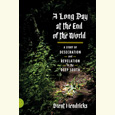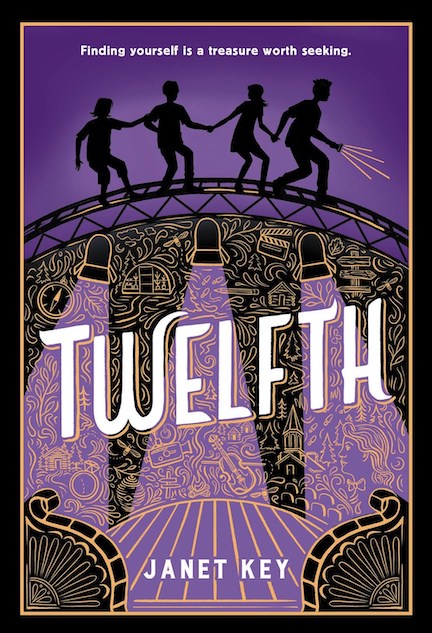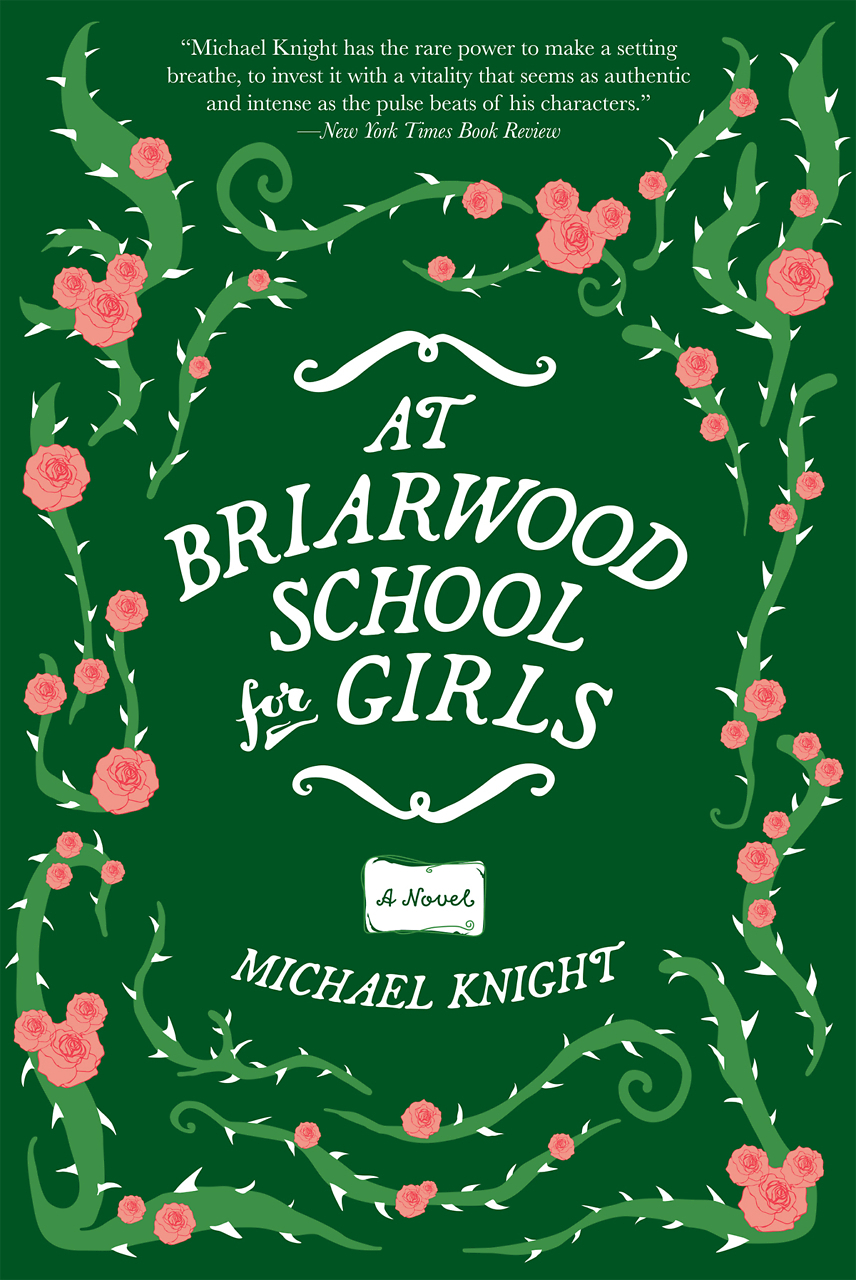Victoria's Other Secret
Michael Sims peeks beneath the petticoats of nineteenth-century detective fiction
The Victorians were a resourceful group: once they realized how absolutely engrossing readers found crime stories, they ignored reality and invented lady detectives, though the actual gumshoes of the age were uniformly male. In The Penguin Book of Victorian Women in Crime, Michael Sims has collected a fascinating group of Victorian stories featuring female detectives and offers an intriguing analysis of these ancestors of Miss Marple.
Sims’s lady detectives, who come from both sides of the Atlantic, have various motives for solving crimes. One (“The Long Arm”) wants to clear her name. Another (“The Adventure of the Cantankerous Old Lady”) is a “new woman” on the road to adventure. Several are typical Victorian ladies (“The Mysterious Countess,” and “The Man with the Wild Eyes”) who become detectives out of financial necessity. Some have scribes who serve as Watsons to their Sherlocks; some tell their own tales. Their stories appear from the heart of Victoria’s reign to just after it. They were created by both male and female writers. Some appear only once while others are series characters.
Still, all these Victorian sleuths have one thing in common: they’re all complete fabrications. As Sims explains in his introduction, there were no women detectives in the Victorian era; the bobbies were all male. It wasn’t until 1918 that women were hired as police officers.
In fiction, however, female characters can open up several narrative possibilities, and some of these characters exploit the prevailing stereotypes of women as a way of solving their cases. A female detective might notice details of housekeeping and dress that are crucial clues but that their male counterparts simply miss. For the Victorians, as Sims points out, many details of dress and decor did not indicate personal preference but were evidence of a fairly rigid class structure. And women, as keepers of status, would be attuned to the smallest of ruptures. Furthermore, women detectives could take advantage of the near invisibility of female servants and effectively conduct surveillance under the suspect’s nose.
 In “Drawn Daggers” by C. L. Pirkis, for example, Loveday Brooke gathers a vital clue from a neat bedroom: “The one point, however, that chiefly attracted Loveday’s attention was the extreme neatness that prevailed throughout the apartment—a neatness, however, that was carried out with so strict an eye to comfort and convenience that it seemed to proclaim the hand of a first-class maid. Everything in the room was, so to speak, squared to a quarter of an inch, and yet everything that a lady could require in dressing lay ready to hand.” While this description would mean nothing to the average Victorian male—nor perhaps to anyone reading today—Loveday knows that the way a lady keeps a room is very different from the way a maid would. And that difference is the key to the case.
In “Drawn Daggers” by C. L. Pirkis, for example, Loveday Brooke gathers a vital clue from a neat bedroom: “The one point, however, that chiefly attracted Loveday’s attention was the extreme neatness that prevailed throughout the apartment—a neatness, however, that was carried out with so strict an eye to comfort and convenience that it seemed to proclaim the hand of a first-class maid. Everything in the room was, so to speak, squared to a quarter of an inch, and yet everything that a lady could require in dressing lay ready to hand.” While this description would mean nothing to the average Victorian male—nor perhaps to anyone reading today—Loveday knows that the way a lady keeps a room is very different from the way a maid would. And that difference is the key to the case.
Interestingly, though the protagonists in The Penguin Book of Victorian Women in Crime are female, their authors took pains to ensure that such characters remained sympathetic “real ladies.” Mrs. Paschal of “The Mysterious Countess” is a widow left in reduced circumstances. Socialite Violet Strange of “The Second Bullet” secretly sends money to a disinherited sister. Dorcas Dene of “The Man with the Wild Eyes” is a devoted wife to her blind husband and tears up when she admits that she has no children.
In an introductory essay that is as much a pleasure to read as the stories themselves, Sims explains how these characters were both ahead of and a product of their period. He has clearly taken much care in selecting stories that are not only entertaining reading but also exemplify the full character range of women detectives during the time period. While once popular, many of these authors have been lost to the mists of literary history, even to some real fans of Victorian literature, but thanks to Sims they may become popular once more. After finishing The Penguin Book of Victorian Women in Crime, many readers will find themselves searching for a few more crimes that only Dorcas Dene or Loveday Brooke can solve.
Michael Sims will discuss The Penguin Book of Victorian Women in Crime at BookMan/BookWoman in Nashville on March 19 at 1 p.m.


